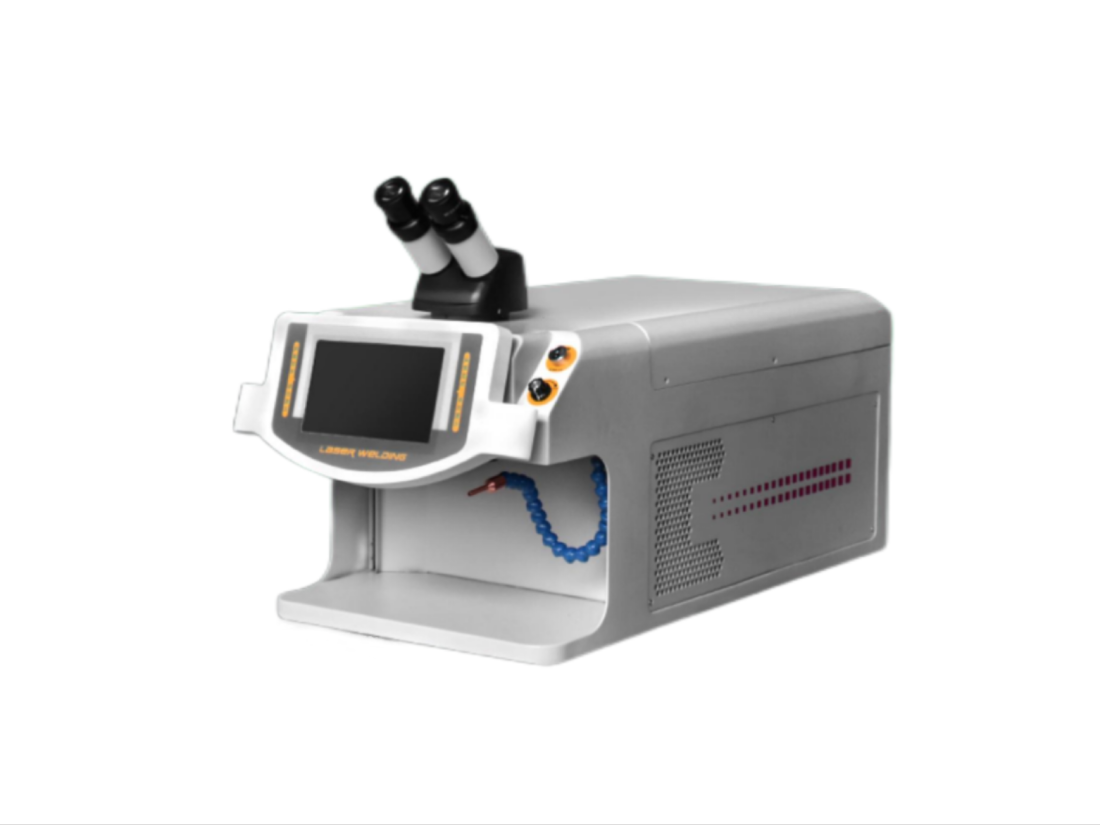- No.609, Centre Of Huijin Nanxiang, Yinxiang Road, Nanxiang Town, Jiading District, Shanghai, China
- sherry@sanmachines.com
- +86-18616767021
Optimizing Laser Drilling Precision and Hole Size Control in Metal Laser Cutting Machines
For precision cutting manufacturing, laser drilling is a versatile technique crucial for creating holes with exacting specifications. To achieve superior results in laser drilling, it's essential to understand various factors affecting hole depth, diameter, roundness, and taper. Additionally, selecting the right laser cutting equipment is paramount. Here, we delve into essential tips and equipment insights for optimal laser drilling.
1. Depth Control of Holes:
To attain greater hole depth, increase laser output energy.
Utilize a reasonable pulse width, with shorter pulse widths preferred for thermally conductive materials.
Apply the fundamental laser mode, featuring a single-mode with Gaussian intensity distribution.
For small-diameter deep holes, consider multiple laser irradiations.
Opt for a short focal length lens (15-30mm) to enhance drilling.
2. Hole Diameter Size Control:
Use lasers with small divergence angles (0.001-0.003 radians) for smaller hole diameters.
Reduce the focal length or decrease output energy to achieve desired hole size.
High melting point and thermally conductive materials can yield micro-hole processing with diameters ranging from 0.01 to 1mm, reaching as small as 0.001mm.
3. Improving Hole Roundness:
Employ the fundamental laser mode.
Use an aberration-corrected lens as the focusing lens.
Ensure alignment of the lens axis with the laser beam axis.
Adjust laser energy appropriately to enhance hole roundness.
4. Reducing Hole Taper:
Hole taper increases with aspect ratio; mitigate it by:
Using an appropriate laser output energy.
Employing multiple irradiations with low energy.
Opting for shorter focal lengths.
Reducing lens refractive index.
Minimizing the angle between incident light and the optical axis.
Laser Cutting Equipment Insights:
Metal laser cutting machines employ various systems, including flying optics and constant flying optics configurations.
The choice between single-sided or dual-sided servo motors depends on precision requirements.
Drive mechanisms can feature high-precision gear and rack drives, anti-backlash drives with double gears, high-precision ball screws, direct drives with disk-type high-inertia motors, or linear motors for direct drive.
Laser source selection is based on specific processing needs, materials, shapes, and sizes, with options such as CO2 fast-flow lasers, radiofrequency slab lasers, vortex lasers, solid-state lasers, and fiber lasers.
By mastering these laser drilling techniques and understanding laser cutting equipment options, manufacturers can achieve precise and efficient hole creation tailored to their unique applications. These insights are essential for maintaining a competitive edge in the world of precision manufacturing.


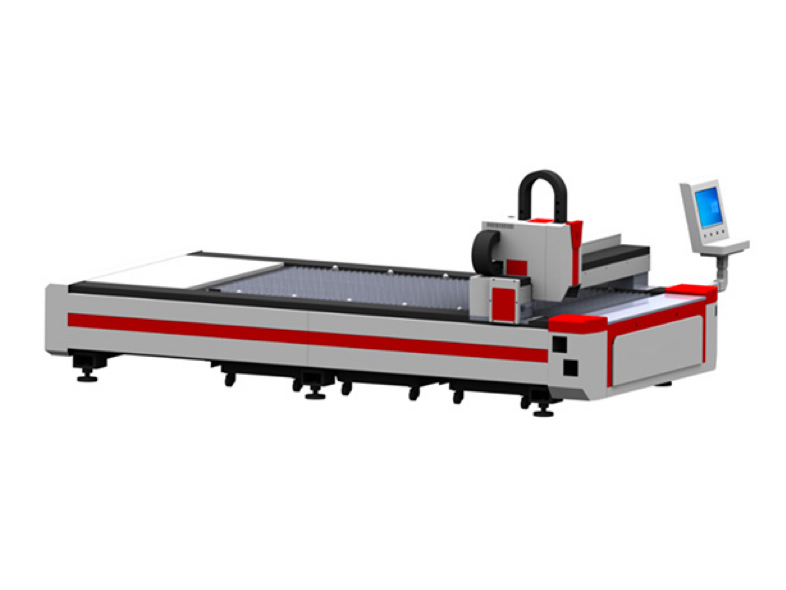

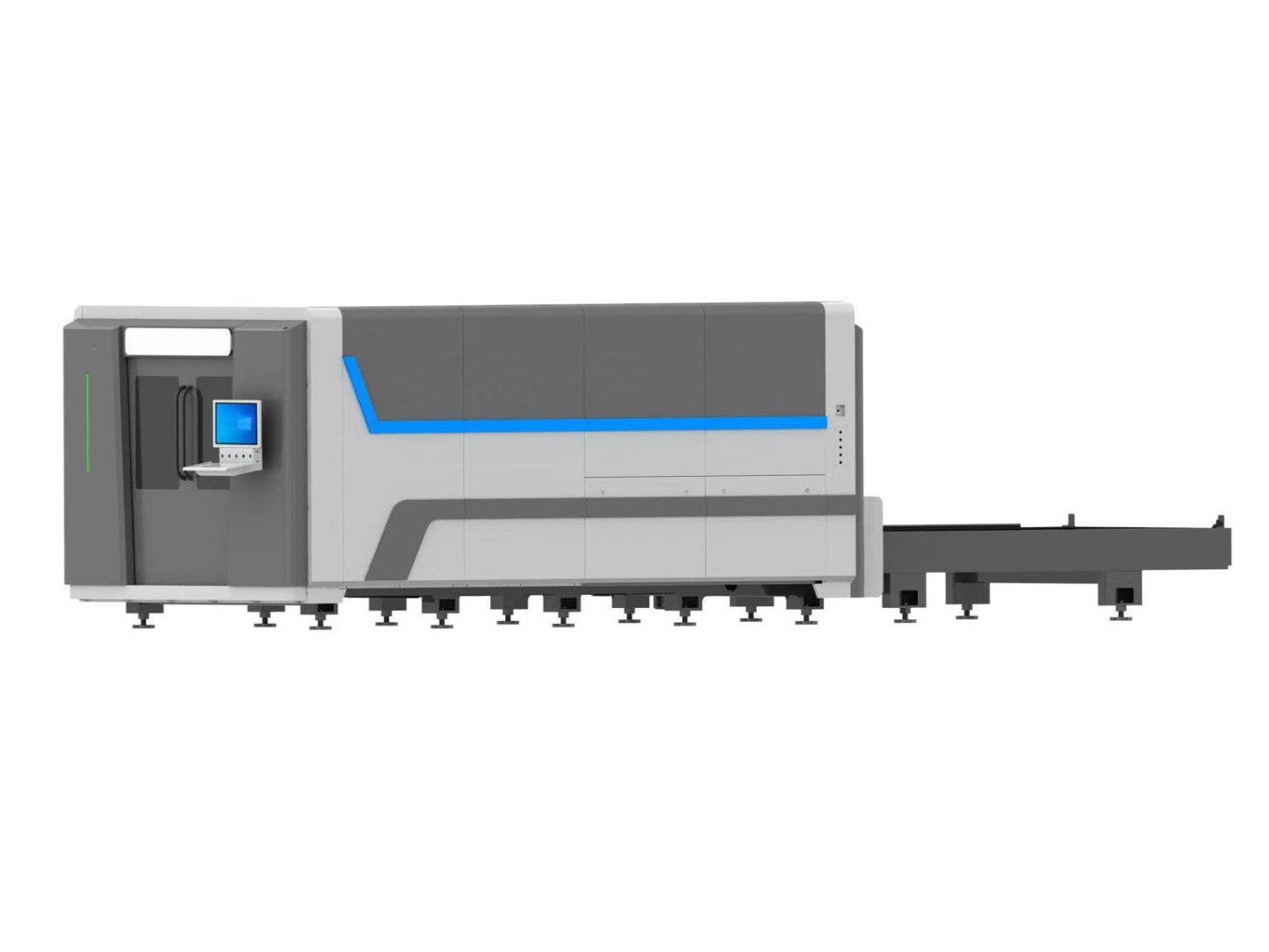
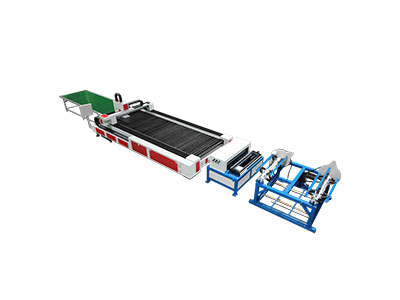
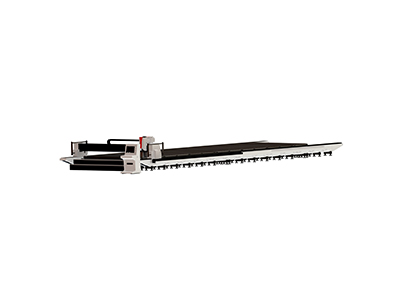
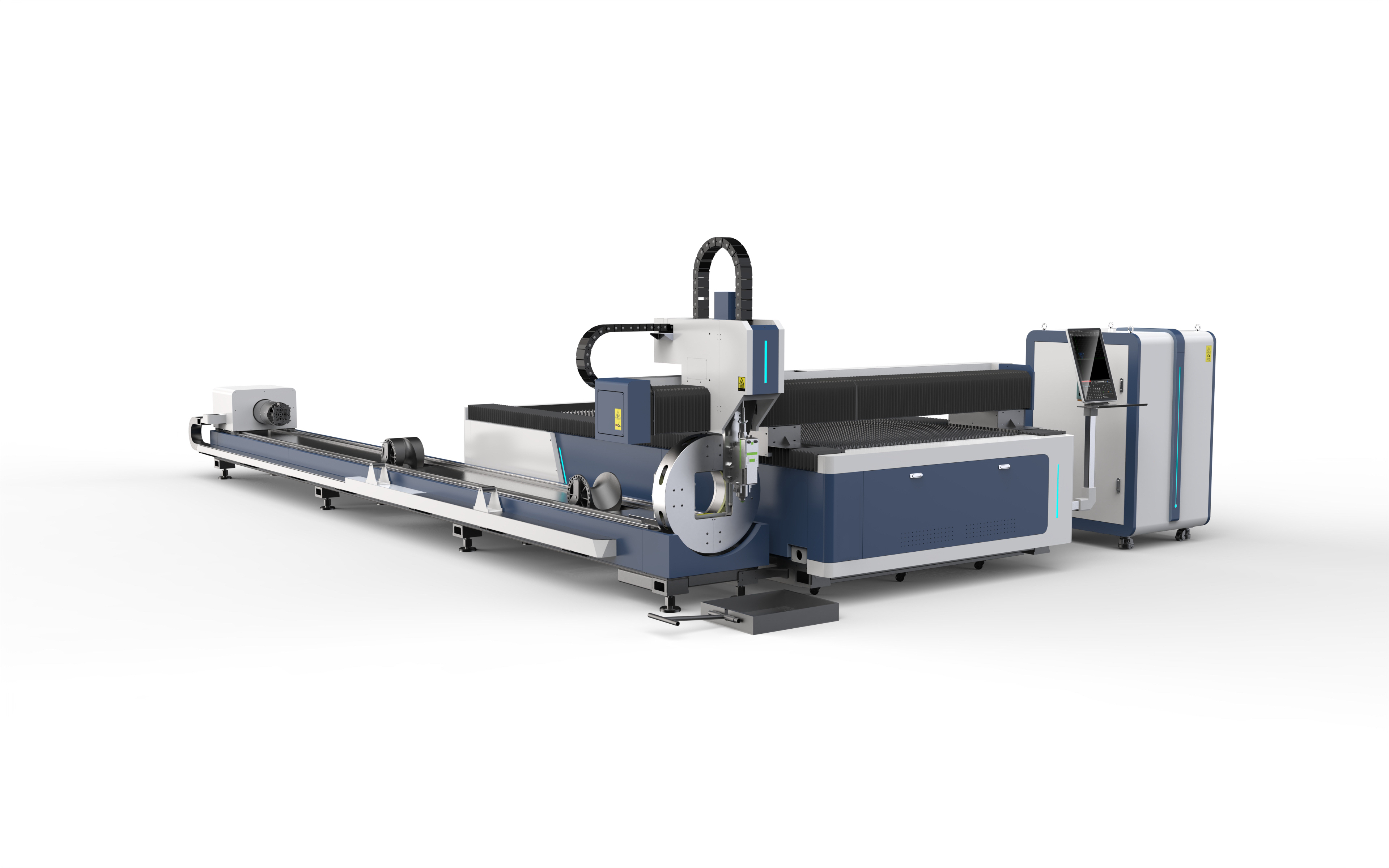
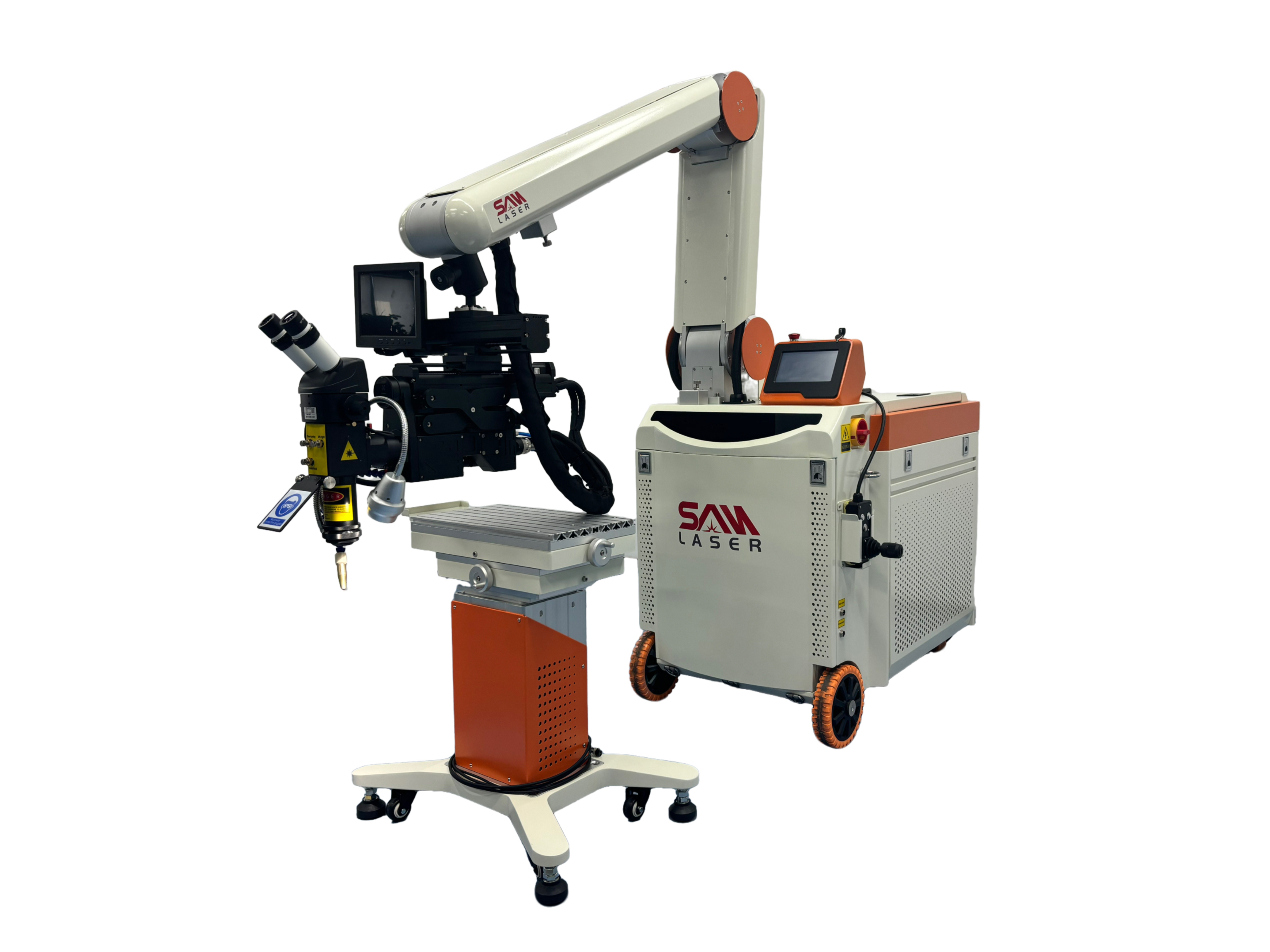
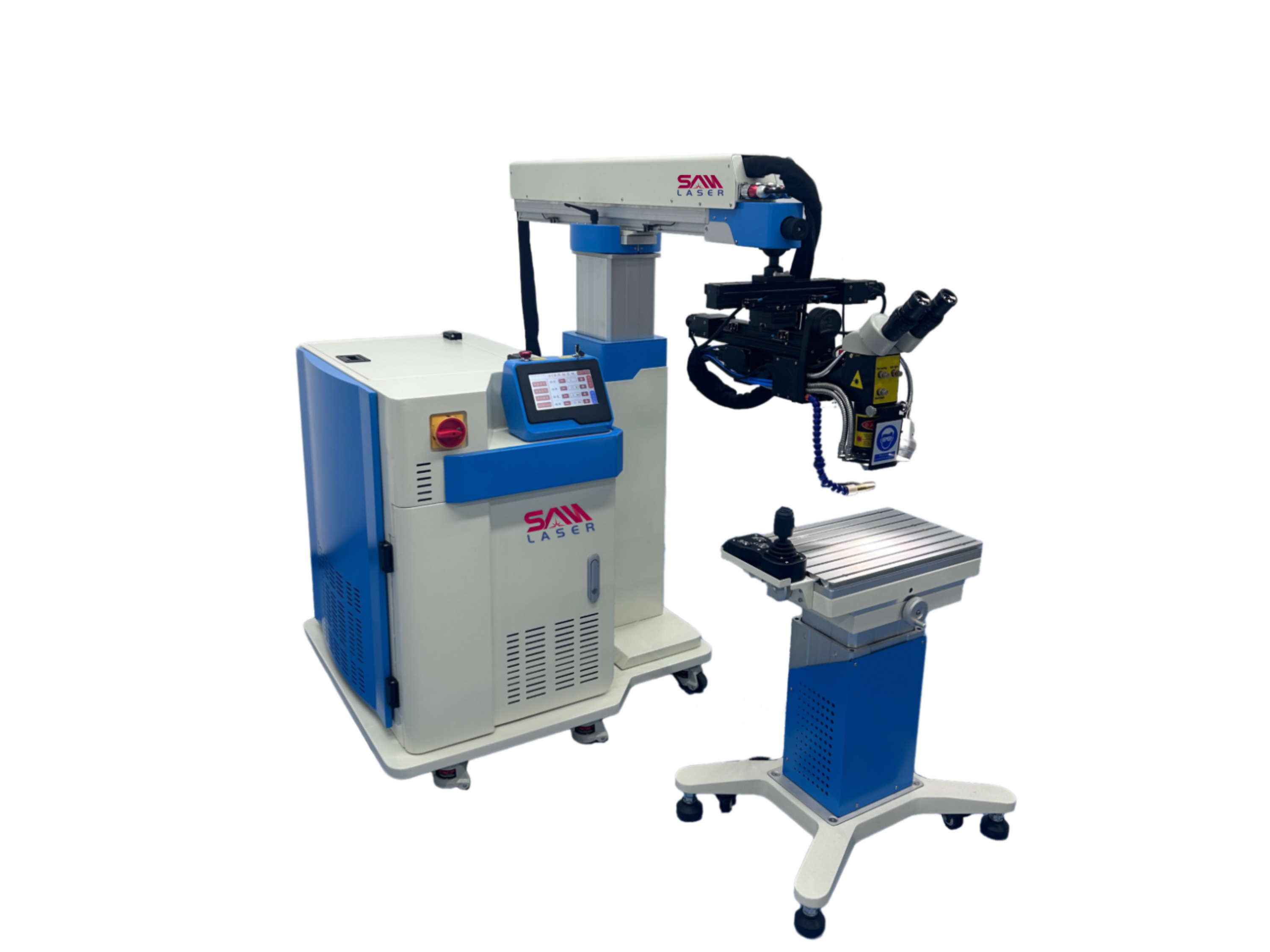
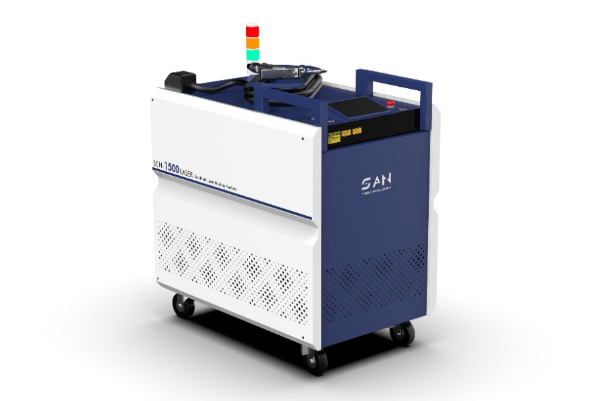
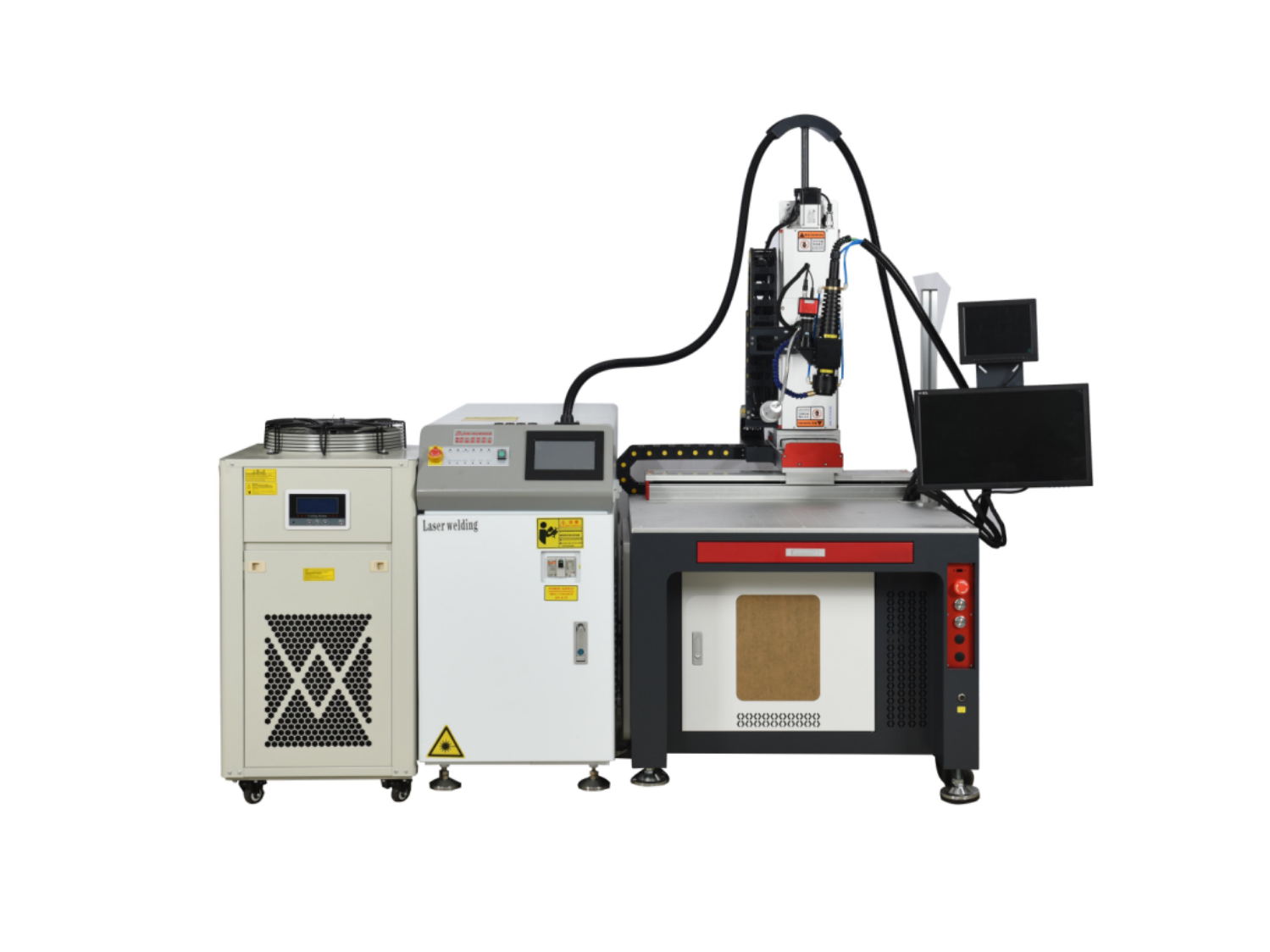
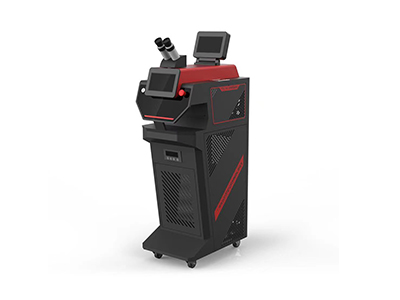
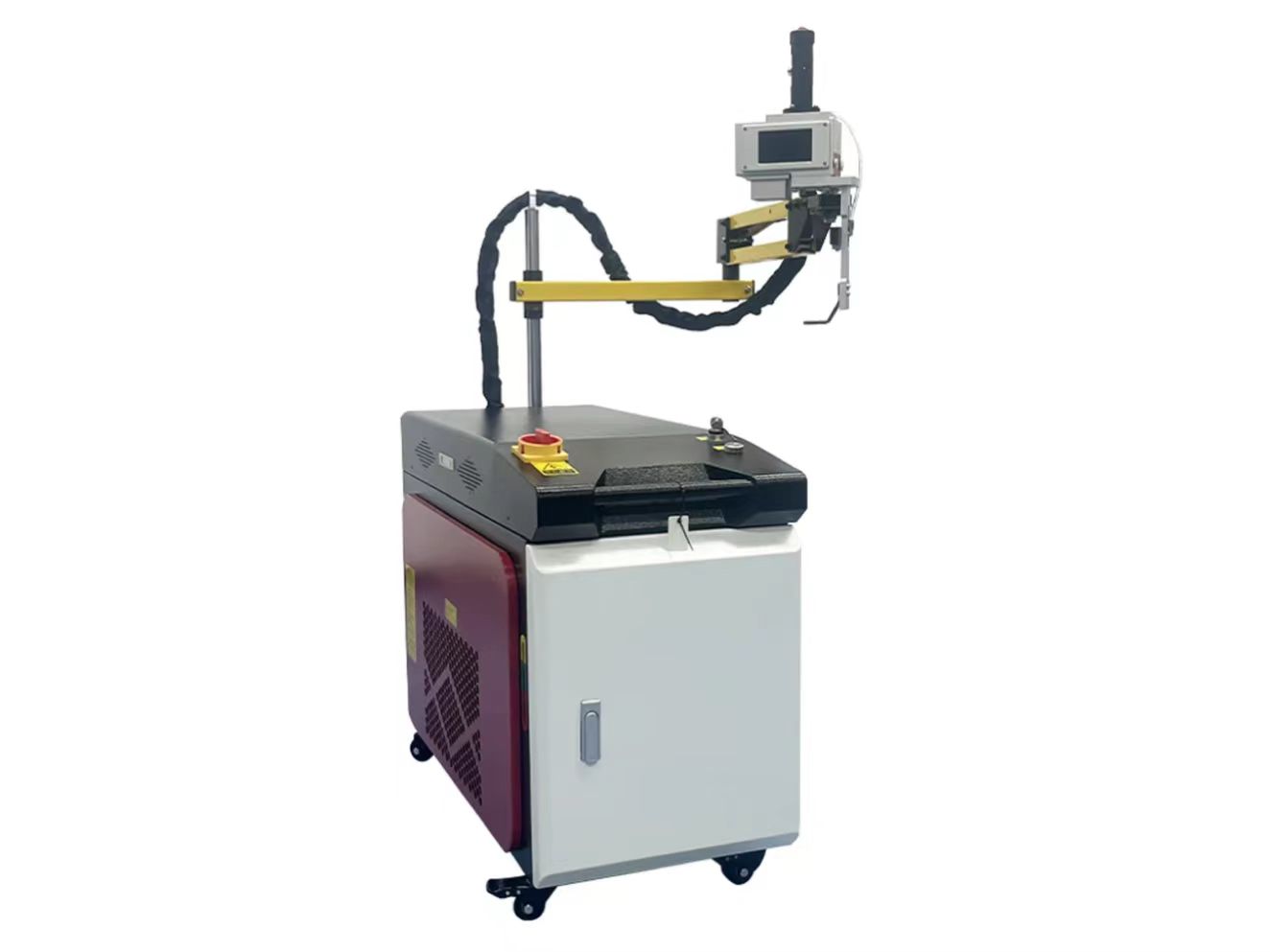
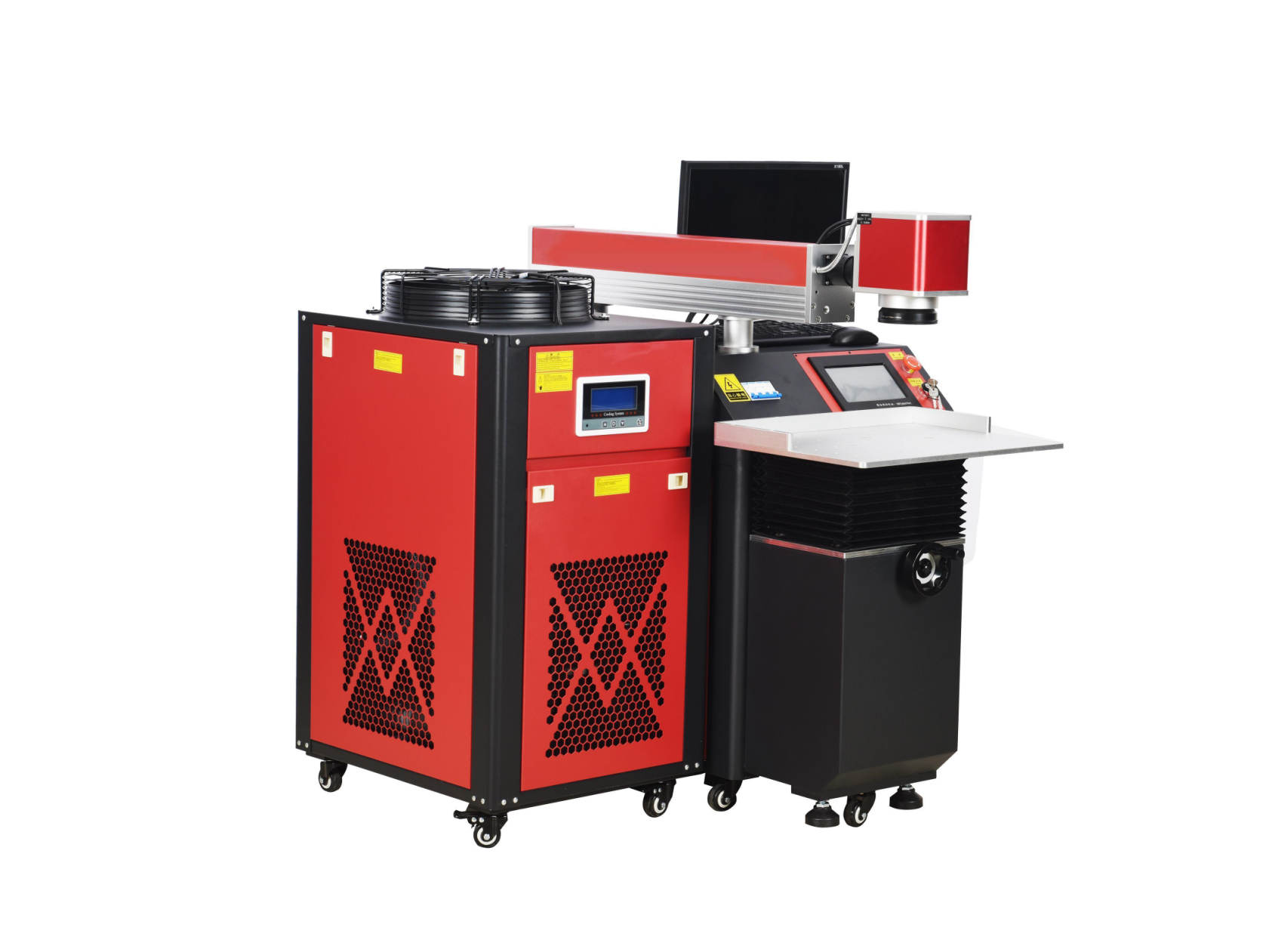
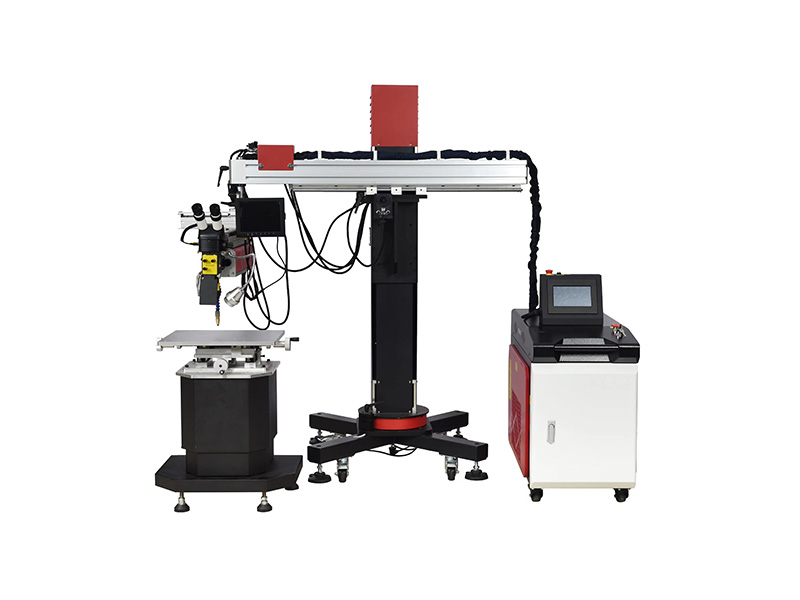
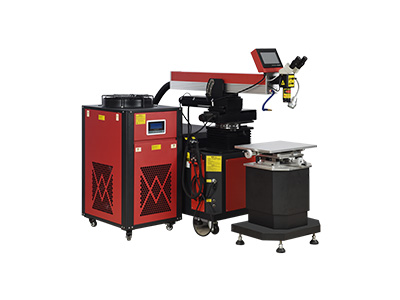
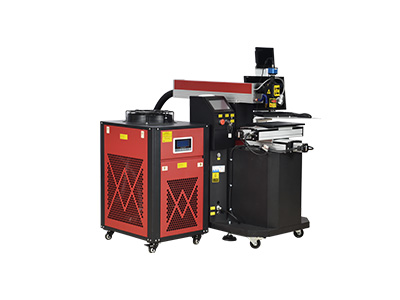
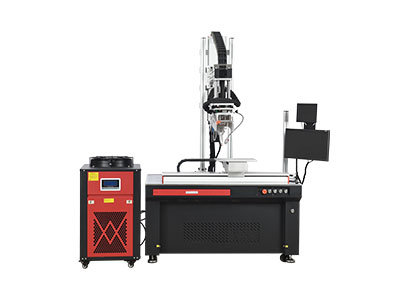
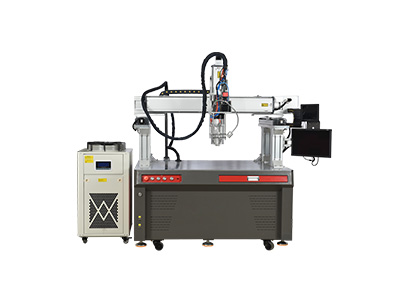
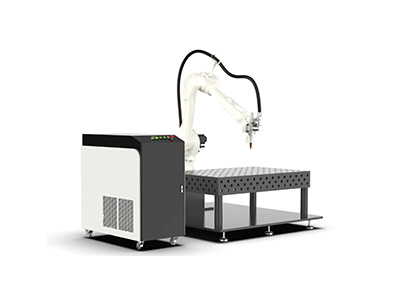
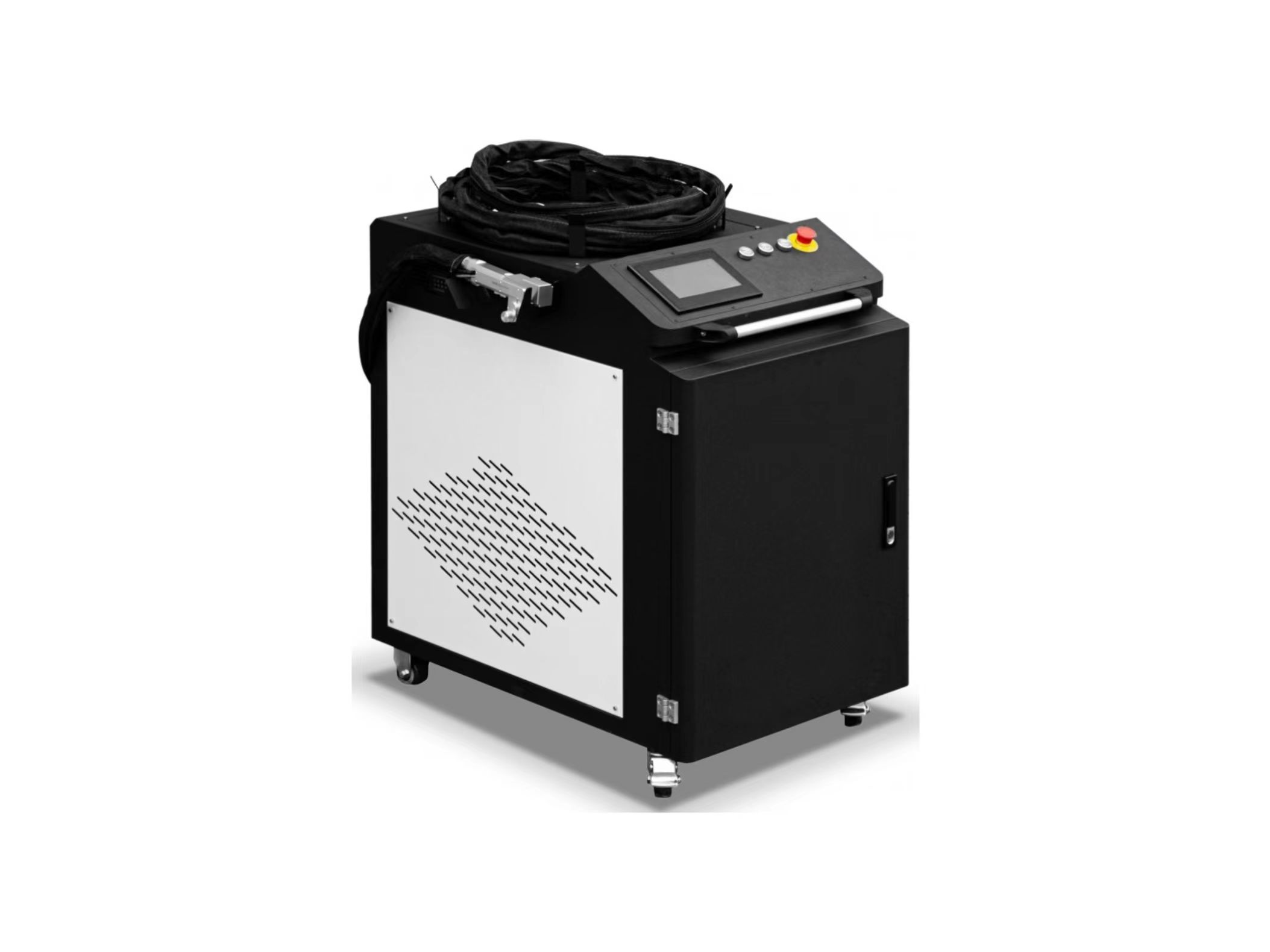
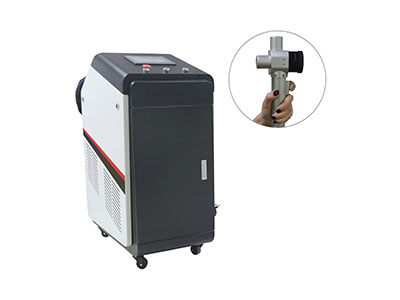
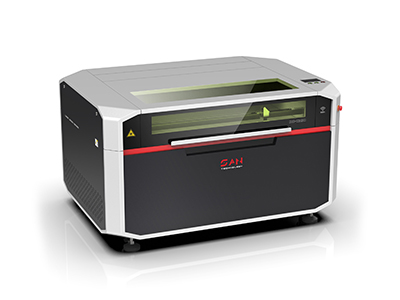
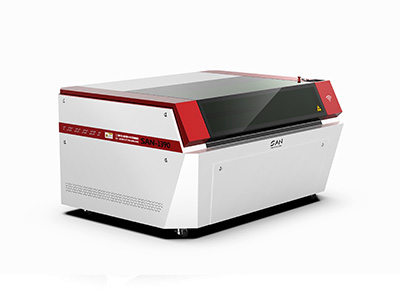
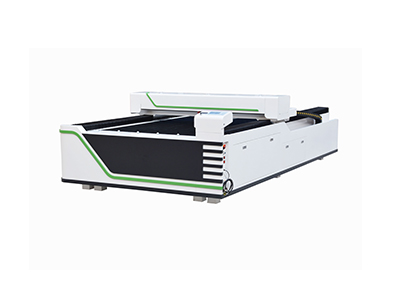
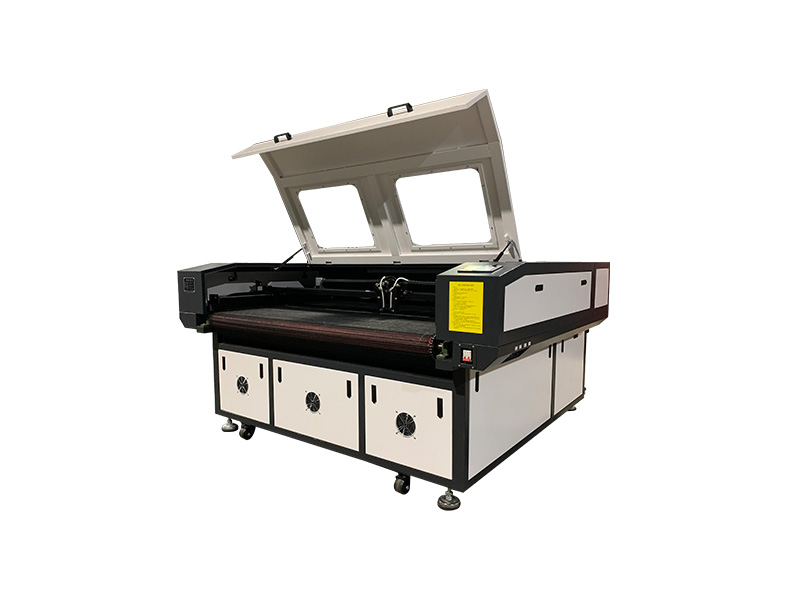
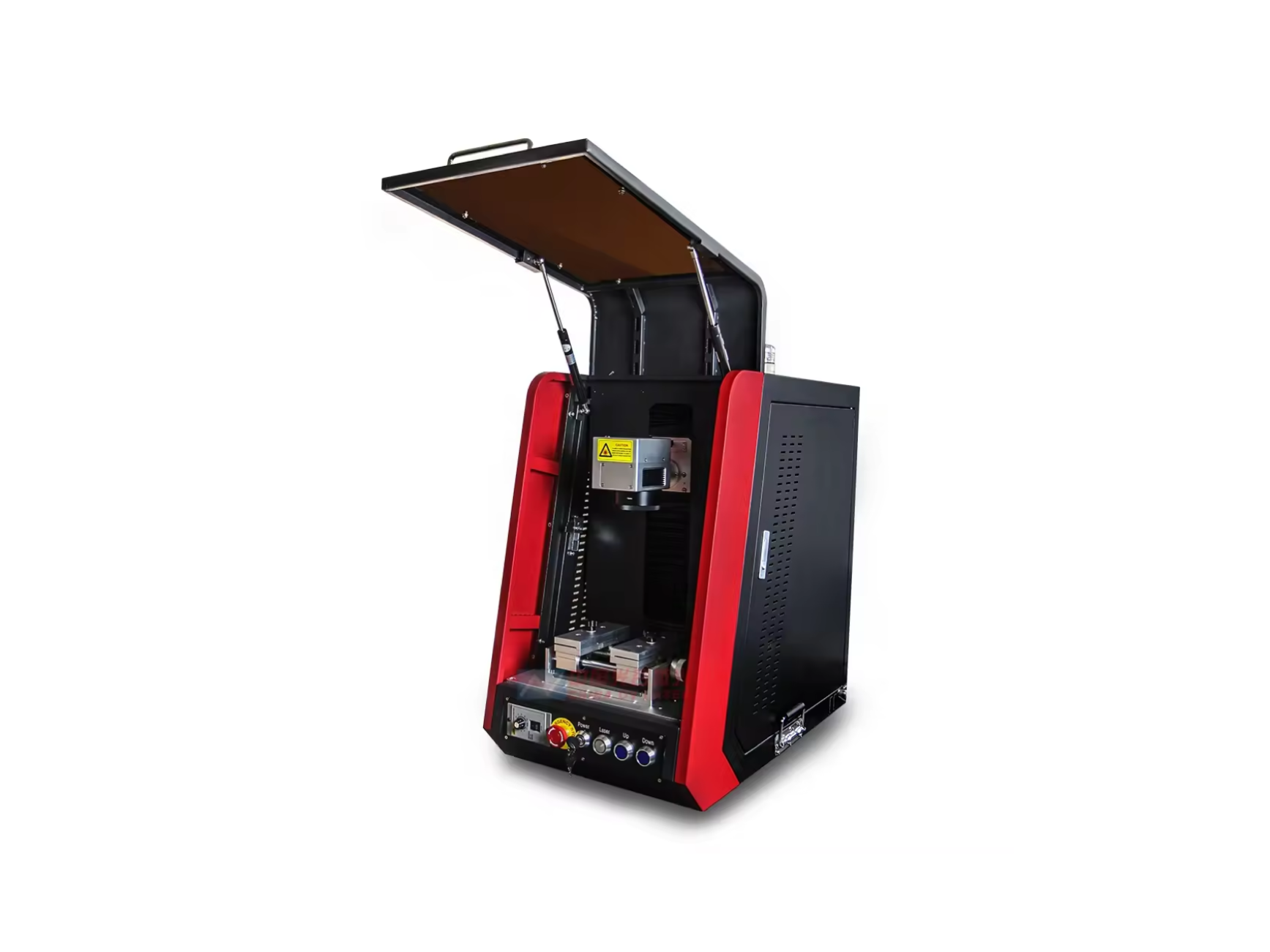
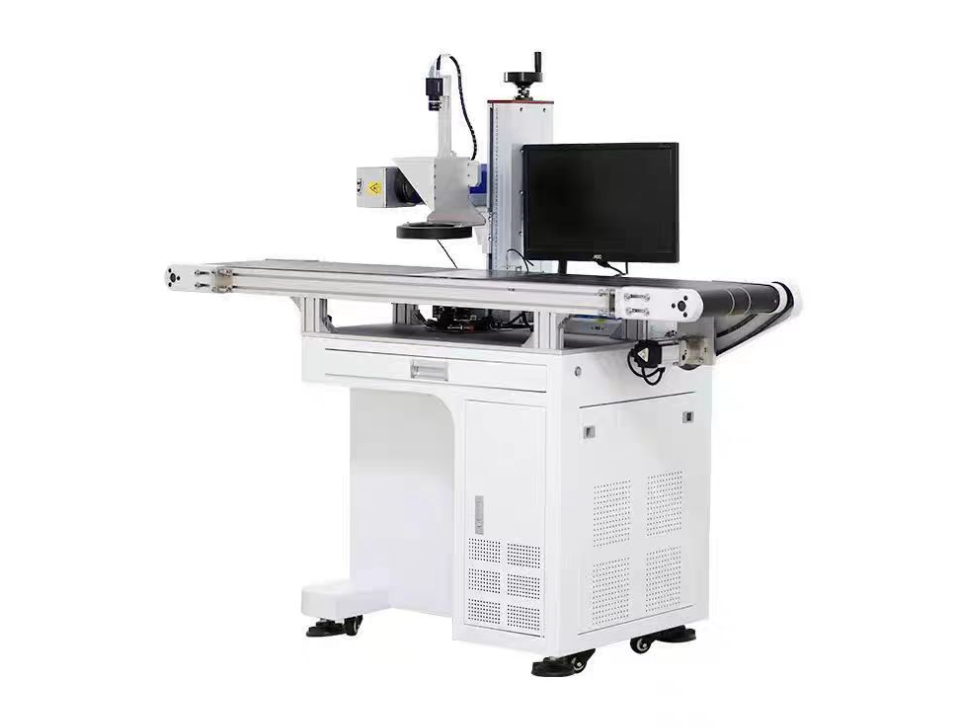
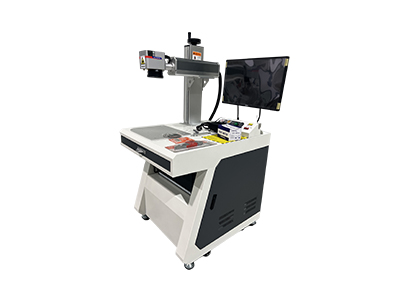
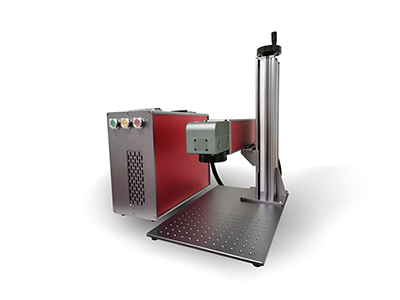
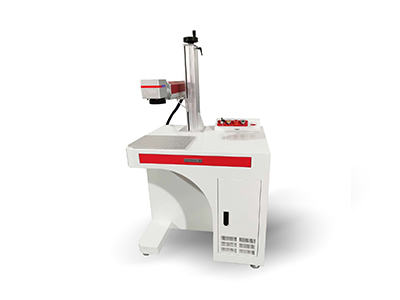
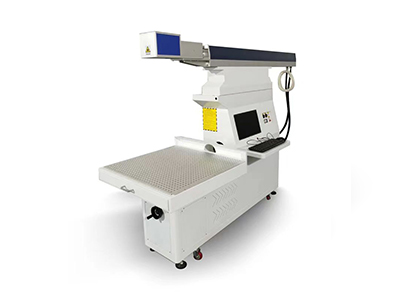
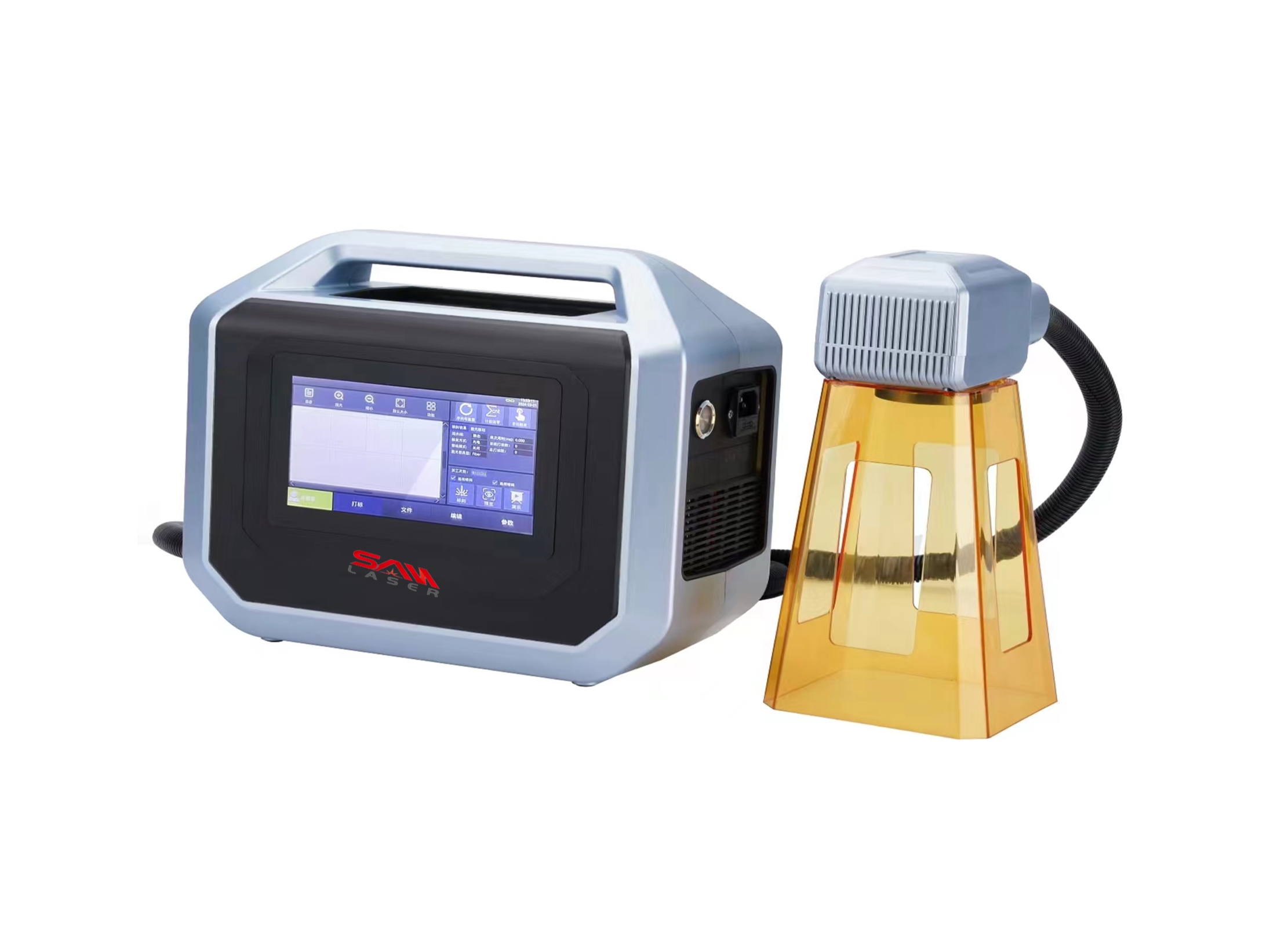
 Cutting Technology
Cutting Technology
